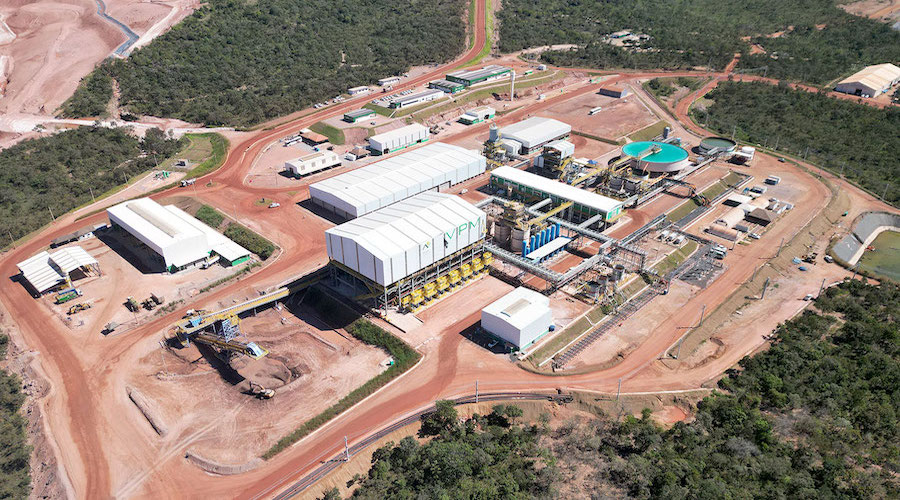
Brazil-focused Serra Verde Group has attracted a $150 million investment and earned a spot on the Minerals Security Partnership’s (MSP) global list of projects considered crucial to the global energy transition, with its Pela Ema ionic clay rare earths deposit in the central state of Goiás.
The backing of the MSP, a coalition of 14 countries and the European Union committed to boosting investments in responsible critical mineral supply chains, highlights Serra Verde’s strategic importance in providing essential minerals for sustainable energy technologies, the company said.
“The announcement is a strong endorsement of the significant role that Serra Verde can play in establishing sustainable, secure, and diversified rare earth supply chains to enable the global energy transition,” chief executive officer Thras Moraitis said in a statement.
“Federal, state, and international coordination on critical minerals is essential to ensure these projects reach the necessary scale to compete and drive our industry forward.”
Serra Verde’s recognition, which also came with a $150 million investment from the Energy and Minerals Group, Vision Blue Resources and founding investor Denham Capital, makes it further stand out as one of only two producing rare earths mines in the Americas after MP Materials‘ (NYSE: MP) Mountain Pass project in California.
As the only large-scale producer outside of Asia of neodymium, praseodymium, terbium and dysprosium — four critical rare earth elements needed for efficient permanent magnets — Serra Verde is expected to play a key role in the diversification of global supply chains. The investment will be used for operational improvements as well as long-term growth initiatives.
“The United States, a member of the MSP, welcomes the new investment in Serra Verde’s rare earth elements project in Brazil,” government spokesperson Matthew Miller said in a separate statement.
As the only large-scale producer outside of Asia of four critical rare earth elements for permanent magnets, Serra Verde is expected to play a key role in the diversification of global supply chains.
“This milestone investment supports the sustainable development of critical mineral supply chains most relevant to clean energy technologies, such as for rare earth elements, which are core components of the permanent magnets needed for wind turbines, electric vehicle motors, air conditioners, and other vital applications,” Miller noted.
In production since early 2024, Pela Ema mine Phase I is expected to yield at least 5,000 tonnes per year of rare earth oxides over a 25-year mine life, with off-take agreements already in place for a large proportion of planned production.
The company has detected significant potential to increase capacity through plant optimization and is mulling a Phase II expansion that could double production before the end of this decade.
Unlike rare earth elements present in hard rock, those in ionic clays can be extracted with low-cost mining techniques and processed using technologies that don’t require hazardous chemicals, crushing, milling or acid leaching. This means the environmental impacts of mining ionic clays are lower than at other rare earth operations.
The MSP, chaired by South Korea, works with both governments and industry to develop sustainable, diversified energy mineral supply chains. By providing financial and diplomatic support, the group helps accelerate the growth of critical mineral projects worldwide.
Brazil holds the world’s third-largest rare earth reserves and has big ambitions to build an industry as Western economies attempt to break China’s dominance of the supply chain.
Last year, the Asian powerhouse produced 240,000 tonnes of rare earths, over five times more than the next largest producer, the United States, data from the U.S. Geological Survey shows. The country also processed nearly 90% of the global supply into permanent magnets, which are critical components in products ranging from wind turbines and electric vehicles to missiles.
Nations such as Australia, Vietnam and Brazil are struggling to close the gap. Serra Verde’s project, for instance, took around 15 years to reach the production stage.